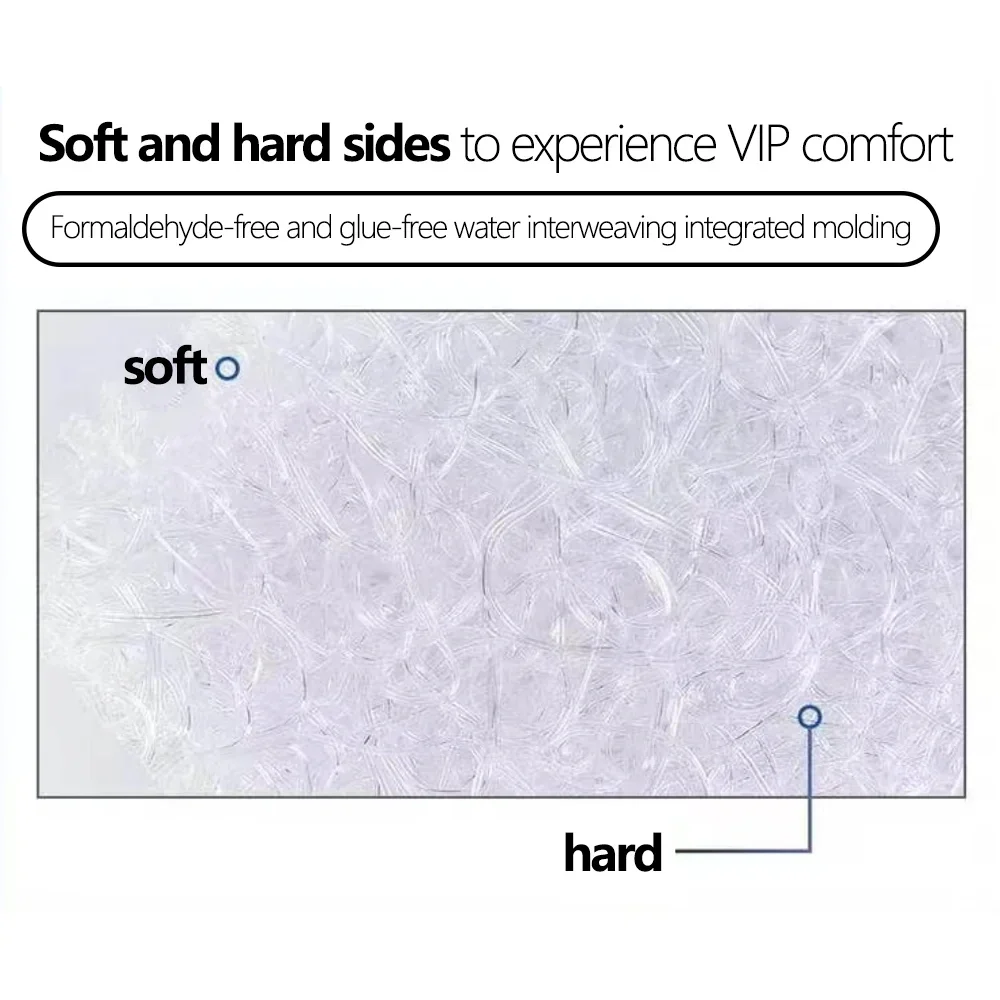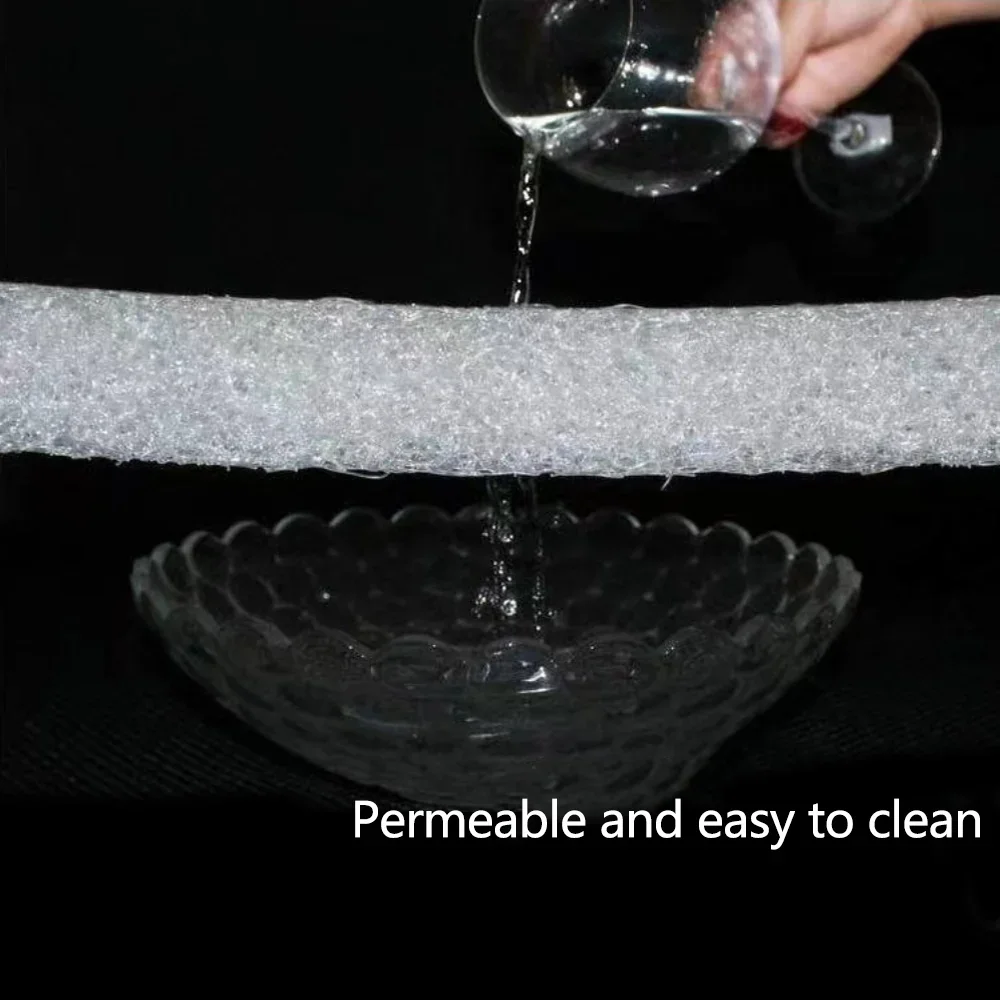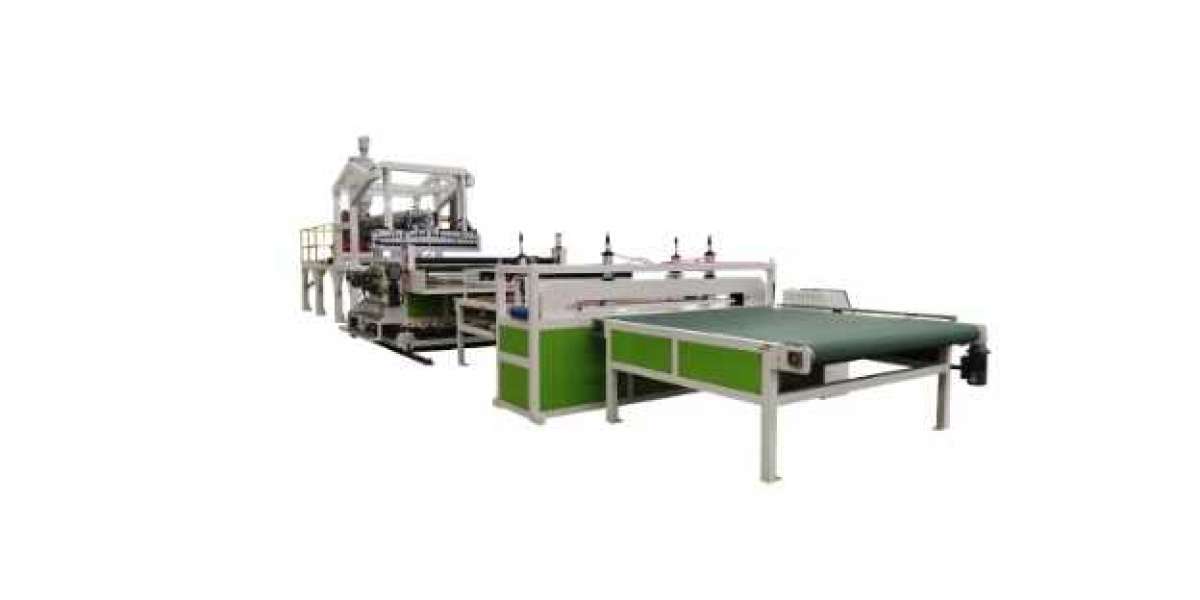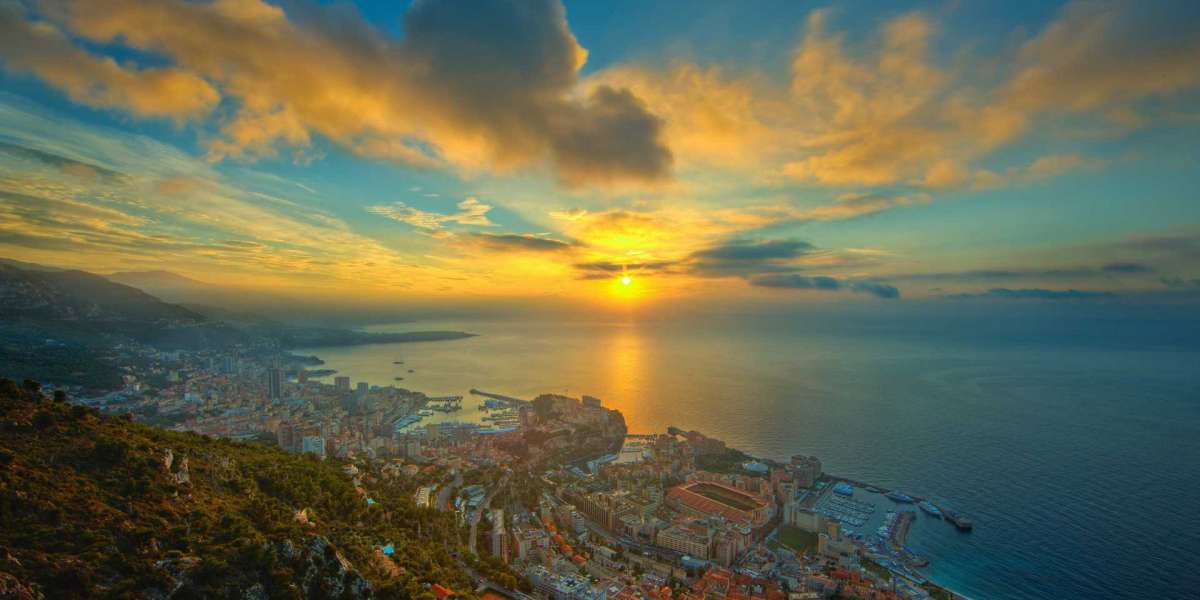Erosion is a serious environmental concern that affects various landscapes, including riverbanks, slopes, and construction sites. Traditional erosion control methods often involved the use of conventional geotextiles, which have their limitations. However, the emergence of three-dimensional geotextiles has revolutionized erosion control practices. These innovative materials offer enhanced performance and durability in preventing erosion, making them an ideal solution for combating soil loss. In this article, we will delve into the reasons why three-dimensional geotextiles excel in erosion control, as well as explore the machinery and equipment used to produce these remarkable products, such as PP/PA 3D geotextile extrusion equipment.
1. Understanding Three-Dimensional Geotextiles
Three-dimensional geotextiles are advanced and specialized fabrics manufactured from synthetic materials like polypropylene (PP) or polyamide (PA). Unlike traditional geotextiles, which are two-dimensional, these textiles are constructed with a third, dimensionally stable layer. This additional layer consists of a unique three-dimensional network of closely spaced threads, forming a mesh-like structure. This innovative design allows three-dimensional geotextiles to provide exceptional physical properties, surpassing the capabilities of conventional geotextiles.

2. Controlling Erosion with Three-Dimensional Geotextiles
2.1 Enhanced Load Distribution:
One of the primary advantages of three-dimensional geotextiles is their ability to distribute loads effectively. The interconnected structure of the textile disperses forces across a wider surface area, reducing concentrated pressure points. This load distribution capability prevents soil movement, settling, and displacement, thereby offering superior erosion control.
2.2 Improved Hydraulic Performance:
Another crucial aspect that contributes to the effectiveness of three-dimensional geotextiles in erosion control is their excellent hydraulic performance. The open structure of these textiles allows water to flow through freely, while retaining soil particles within the mesh. This feature not only stabilizes the soil but also prevents erosion by reducing the velocity of water runoff, thereby minimizing the erosive force.
2.3 Vegetation Encouragement:
Three-dimensional geotextiles also promote the establishment of vegetation, which plays a pivotal role in erosion control. The unique structure of these textiles offers protection to newly planted vegetation by providing stability and preventing soil displacement. Additionally, the textile's high permeability facilitates water and nutrient retention, promoting plant growth, and reinforcing the soil.
3. Machinery and Equipment for Producing Three-Dimensional Geotextiles
The production of three-dimensional geotextiles requires specialized machinery and equipment, such as PP/PA 3D geotextile extrusion equipment. This equipment utilizes advanced extrusion technology to manufacture geotextiles with precise dimensions and specifications. The process involves extruding PP or PA materials through a die, which imparts the desired three-dimensional structure to the fabric. The resulting geotextiles exhibit exceptional strength, durability, and performance characteristics.

4. Versatility and Application Range of Three-dimensional geotextiles
Three-dimensional geotextiles are highly versatile and find applications in a wide range of erosion control scenarios. Whether it's stabilizing slopes, reinforcing embankments, or protecting riverbanks, these geotextiles offer effective solutions for various soil erosion challenges. Their ability to withstand environmental stresses, such as UV exposure and harsh weather conditions, makes them suitable for long-term erosion control applications.
5. Longevity and Durability
In addition to their superior performance, three-dimensional geotextiles are known for their longevity and durability. The robust construction and high-quality materials used in their production ensure that these geotextiles maintain their effectiveness over extended periods. This longevity translates into cost savings as it minimizes the need for frequent replacements and repairs.
6. Environmental Benefits of Three-dimensional geotextiles
Using three-dimensional geotextiles for erosion control offers numerous environmental benefits. By preventing soil erosion, these geotextiles help preserve the integrity of ecosystems and protect water bodies from sedimentation. Furthermore, the encouragement of vegetation growth facilitated by these textiles improves biodiversity and enhances the overall ecological balance. In the era of sustainability, incorporating environmentally friendly erosion control solutions is crucial, and three-dimensional geotextiles fit the bill perfectly.
7. Ongoing Research and Development
The field of erosion control is continuously evolving, prompting ongoing research and development efforts in three-dimensional geotextiles. Scientists and engineers are constantly seeking new ways to enhance the performance and functionality of these textiles. This dedication to innovation ensures that erosion control practices keep improving, leading to even more efficient and effective solutions in the future.

Conclusion
Erosion control is a critical aspect of environmental conservation and land management. The advent of three-dimensional geotextiles has ushered in a new era of erosion control solutions. With their advanced design, exceptional physical properties, and superior erosion prevention capabilities, these geotextiles have quickly become the preferred choice for engineers, contractors, and environmental experts. By utilizing machinery and equipment like PP/PA 3D geotextile extrusion equipment, manufacturers can produce reliable and high-performance geotextiles that contribute to sustainable erosion control practices.
Suzhou Siken Machinery Co., Ltd. is a comprehensive enterprise mainly engaged in the research and development and production of plastic machinery. Is a professional manufacturer of plastic machinery and equipment, currently producing five types of equipment for plastic sheet/sheet/profile/pipe extrusion equipment; plastic rolling felt equipment; automatic raw material mixing and feeding systems; waste plastic recycling granulation equipment; and others Auxiliary equipment. Welcome to inquiry if you need to know more about PP/PA 3D geotextile extrusion equipment details or order wholesale.
Email:rex@sikenjx.com



